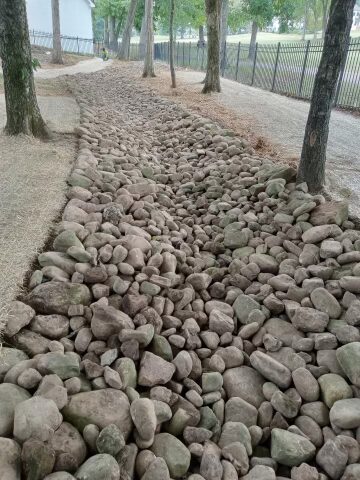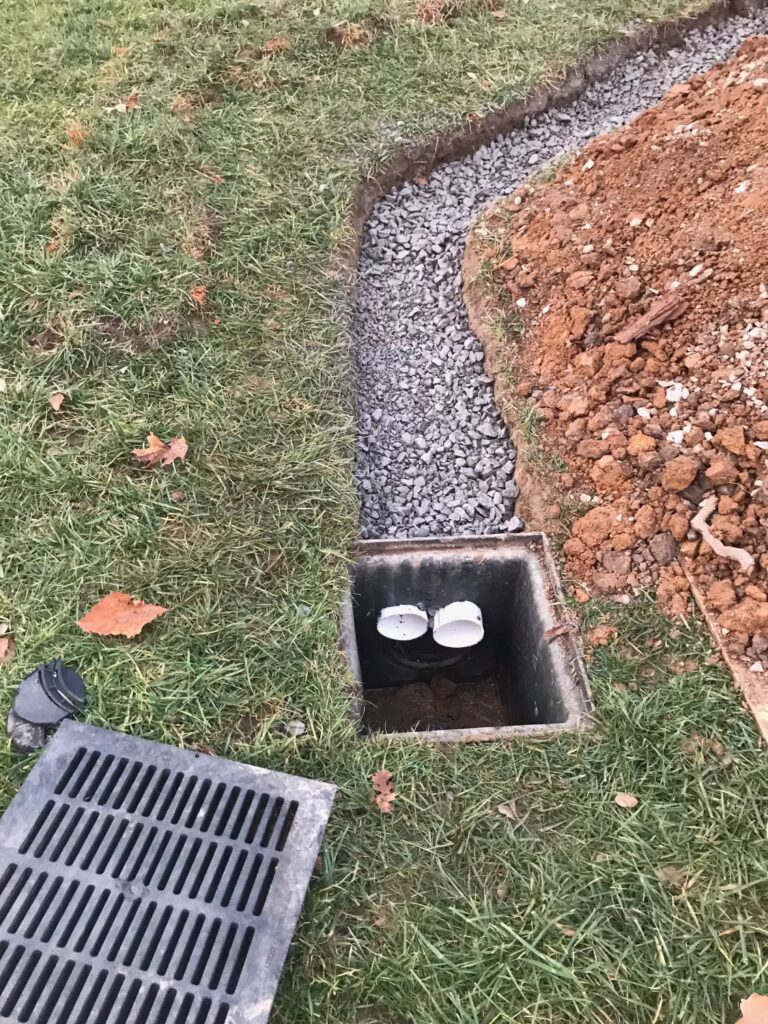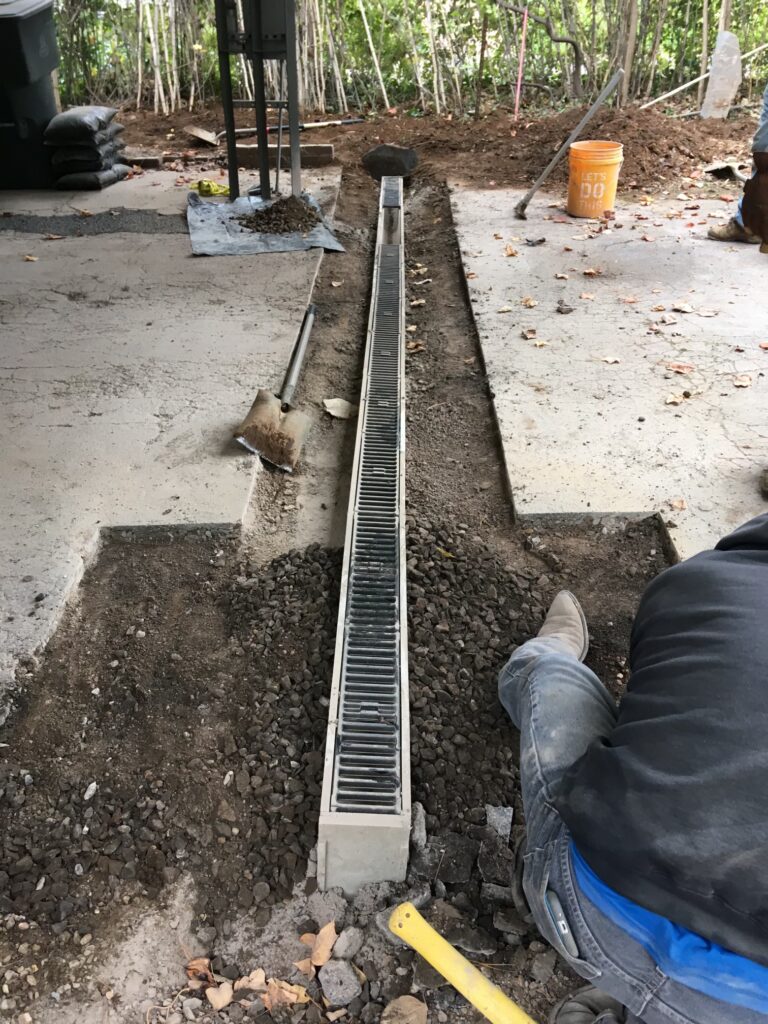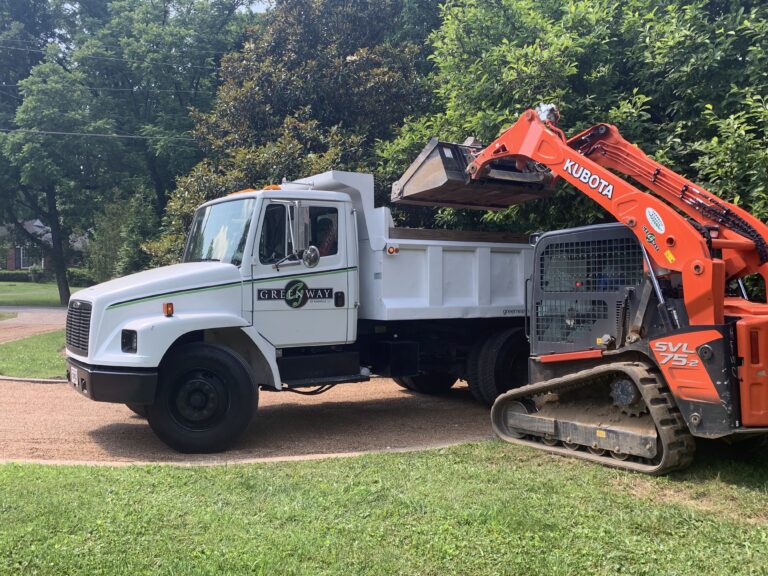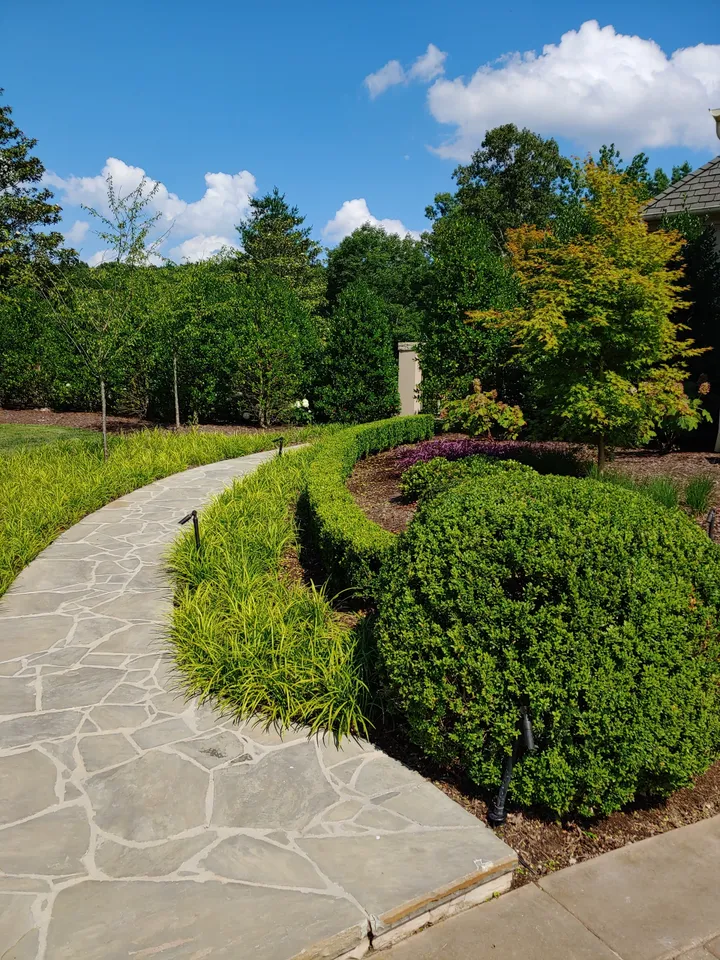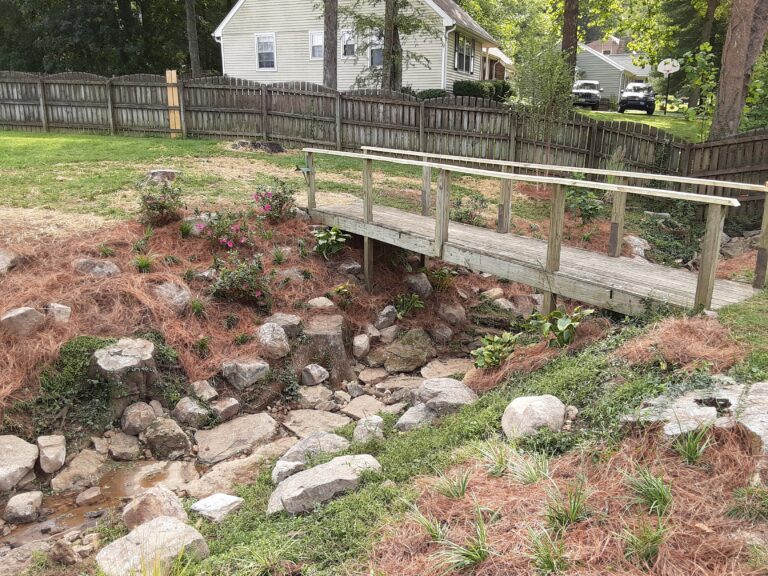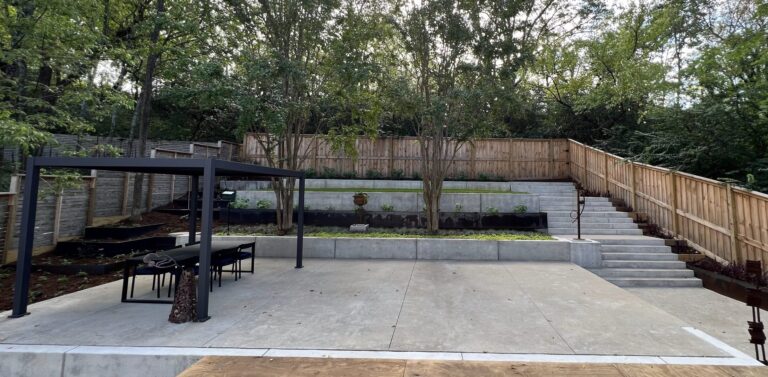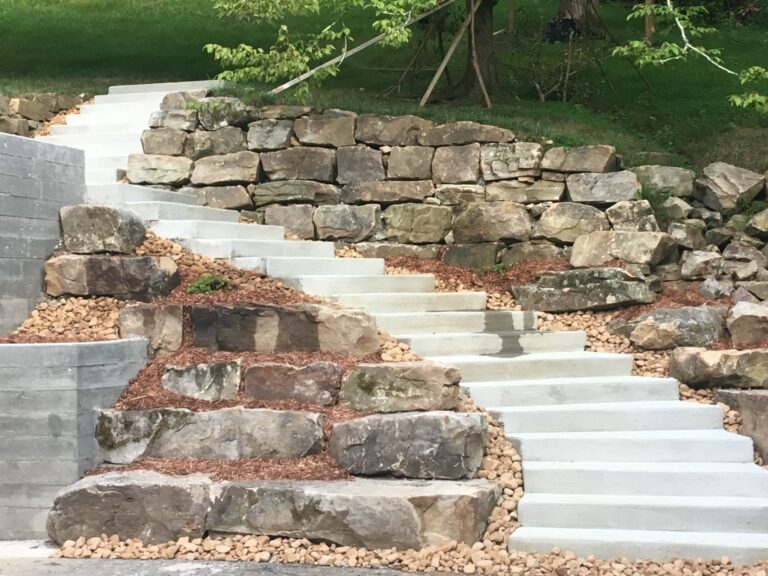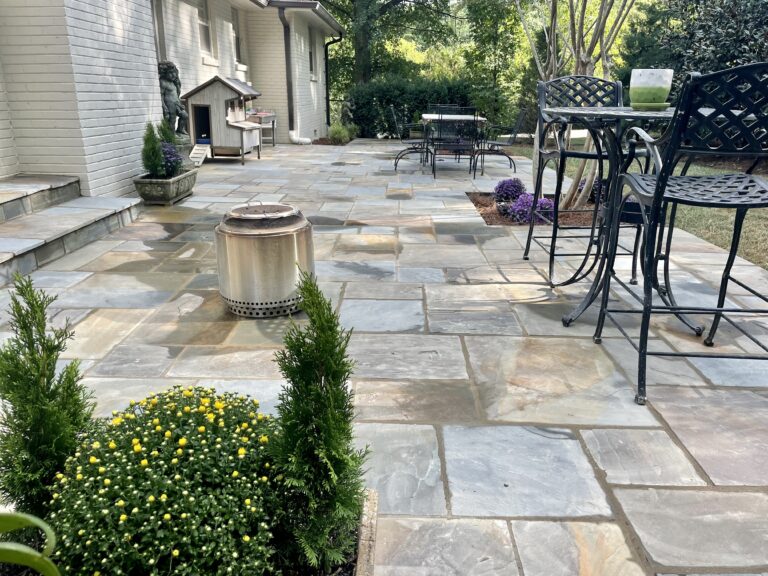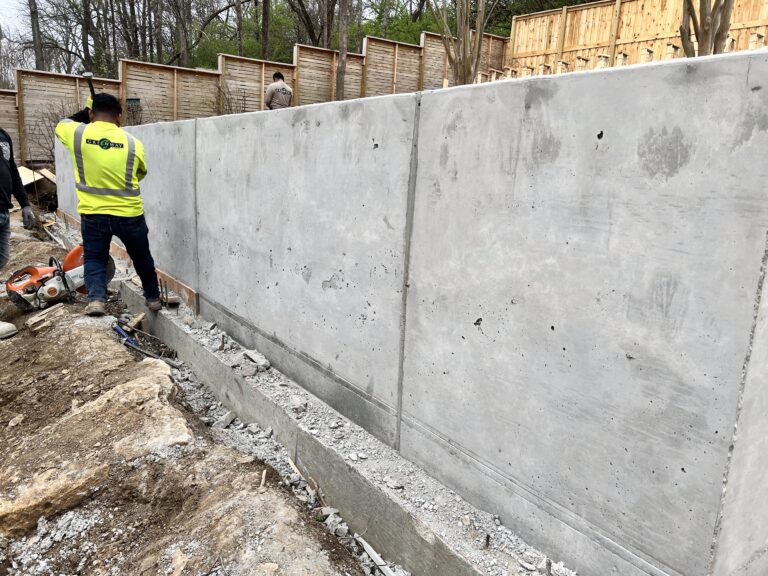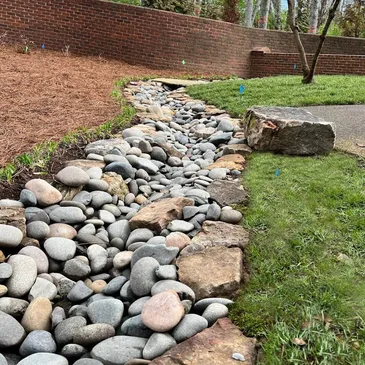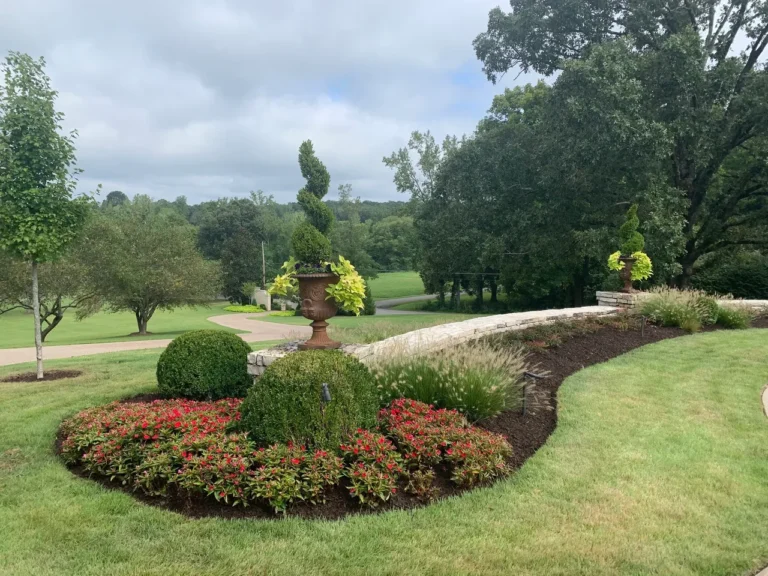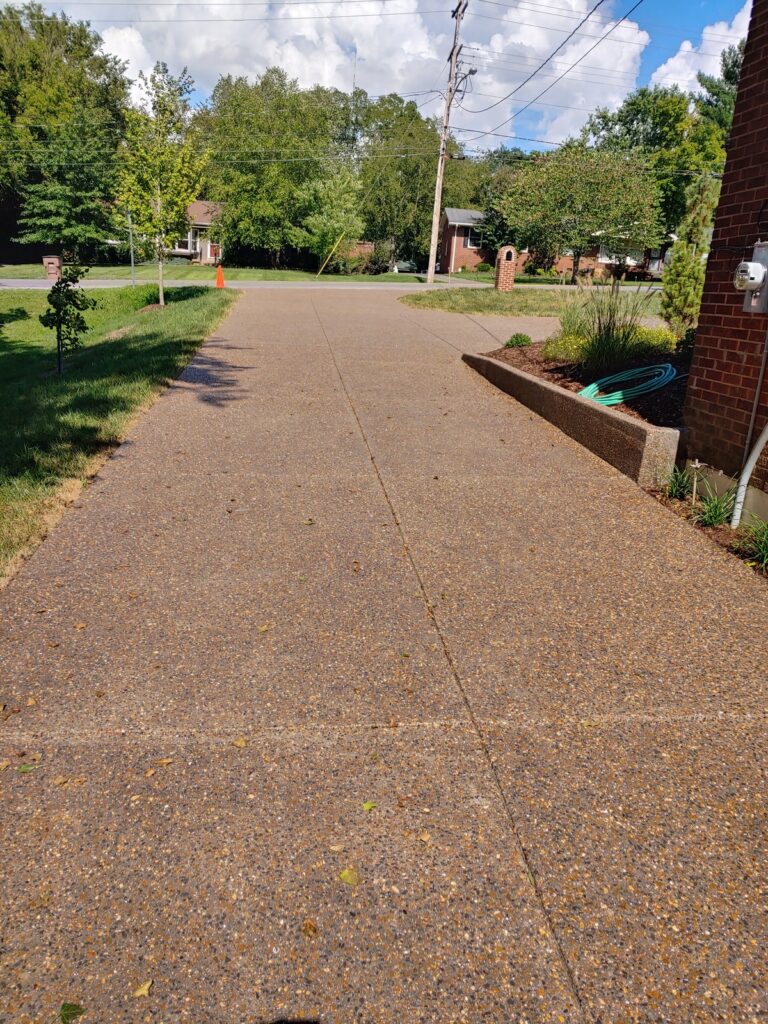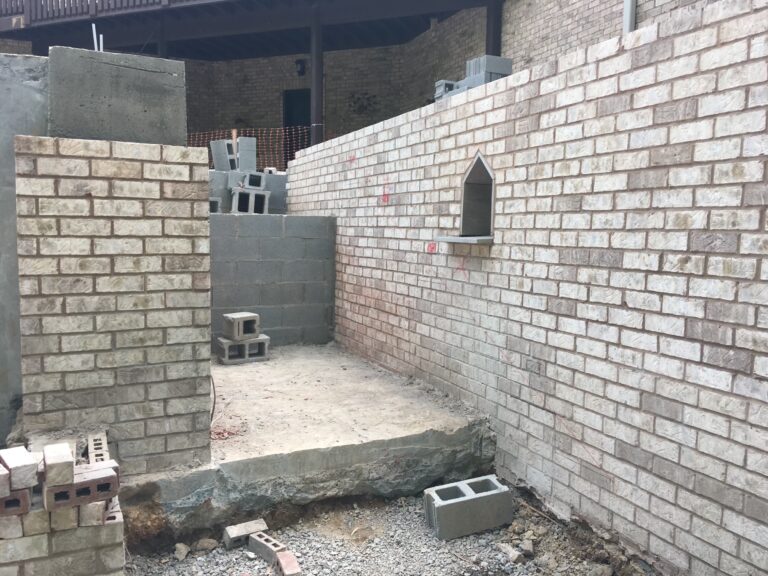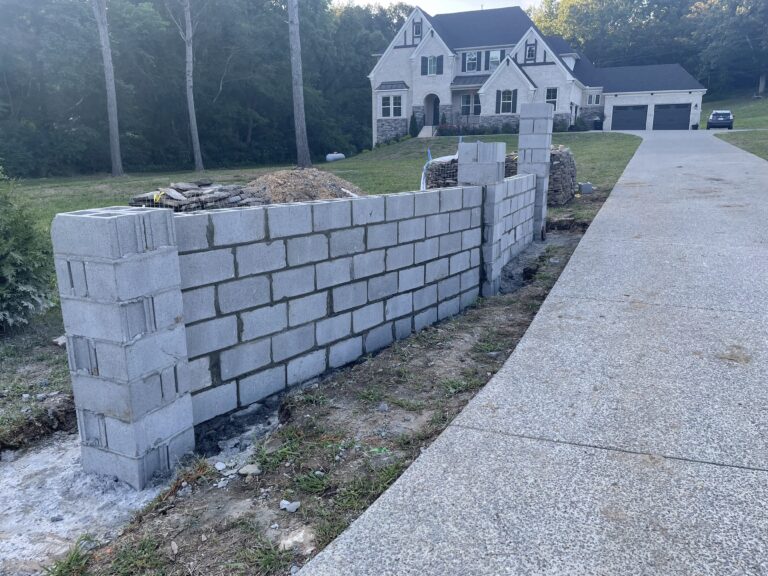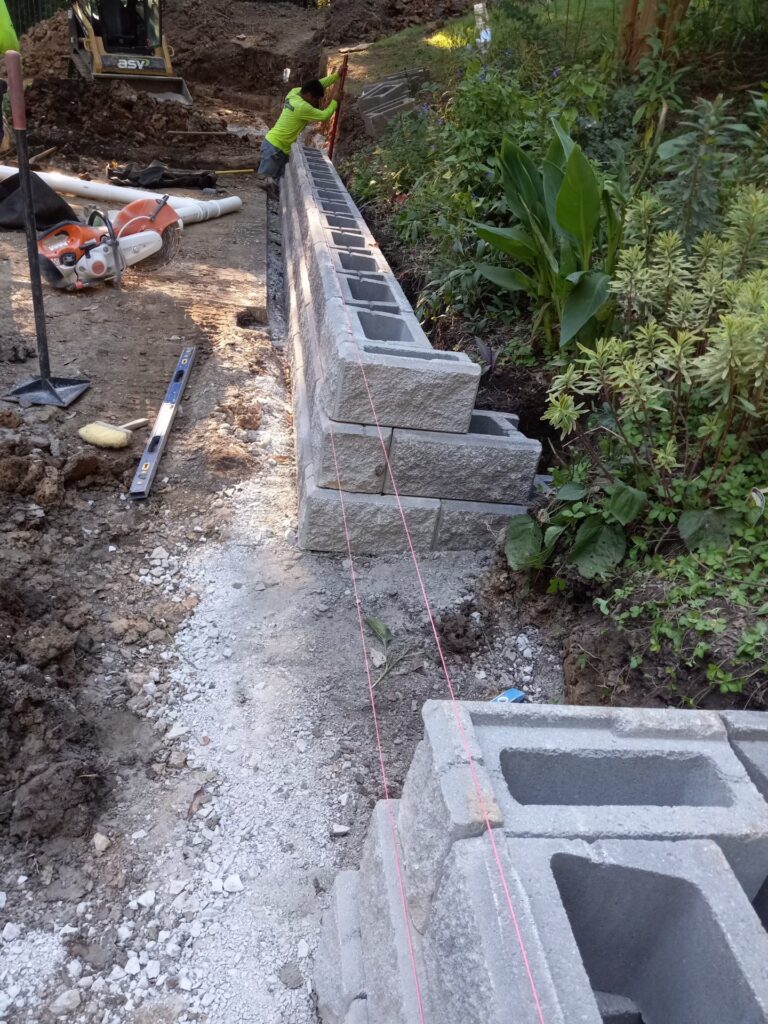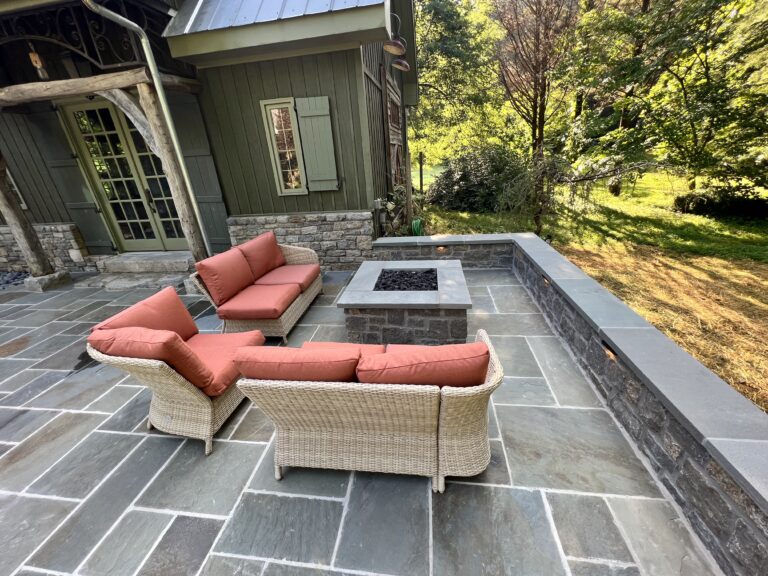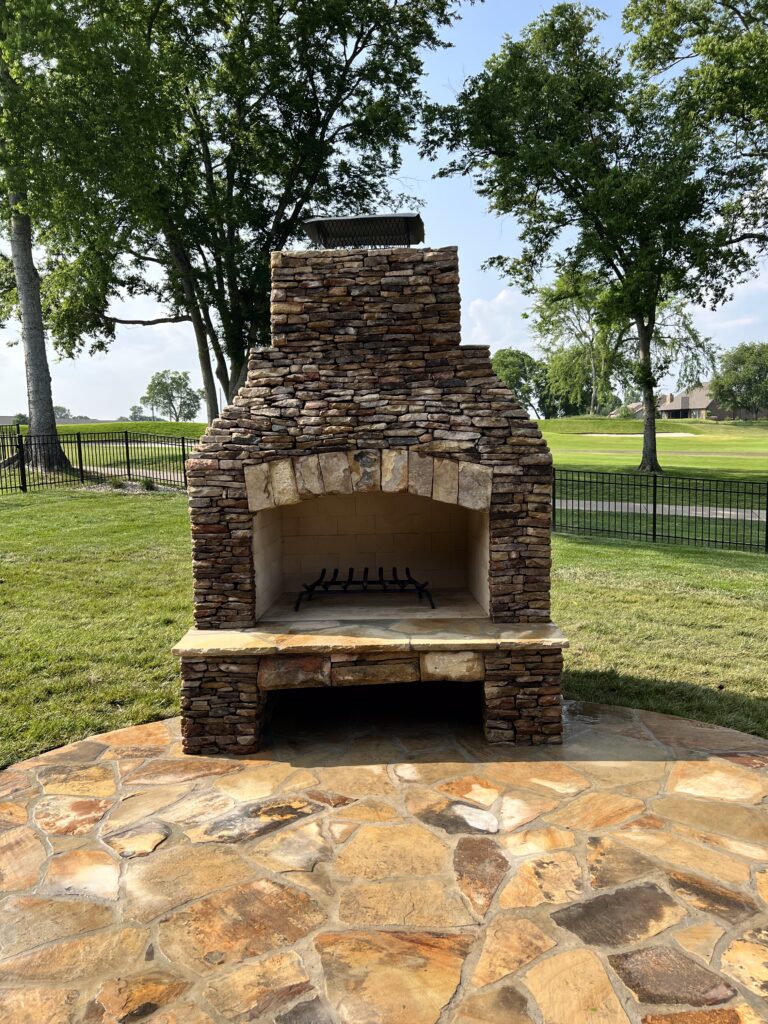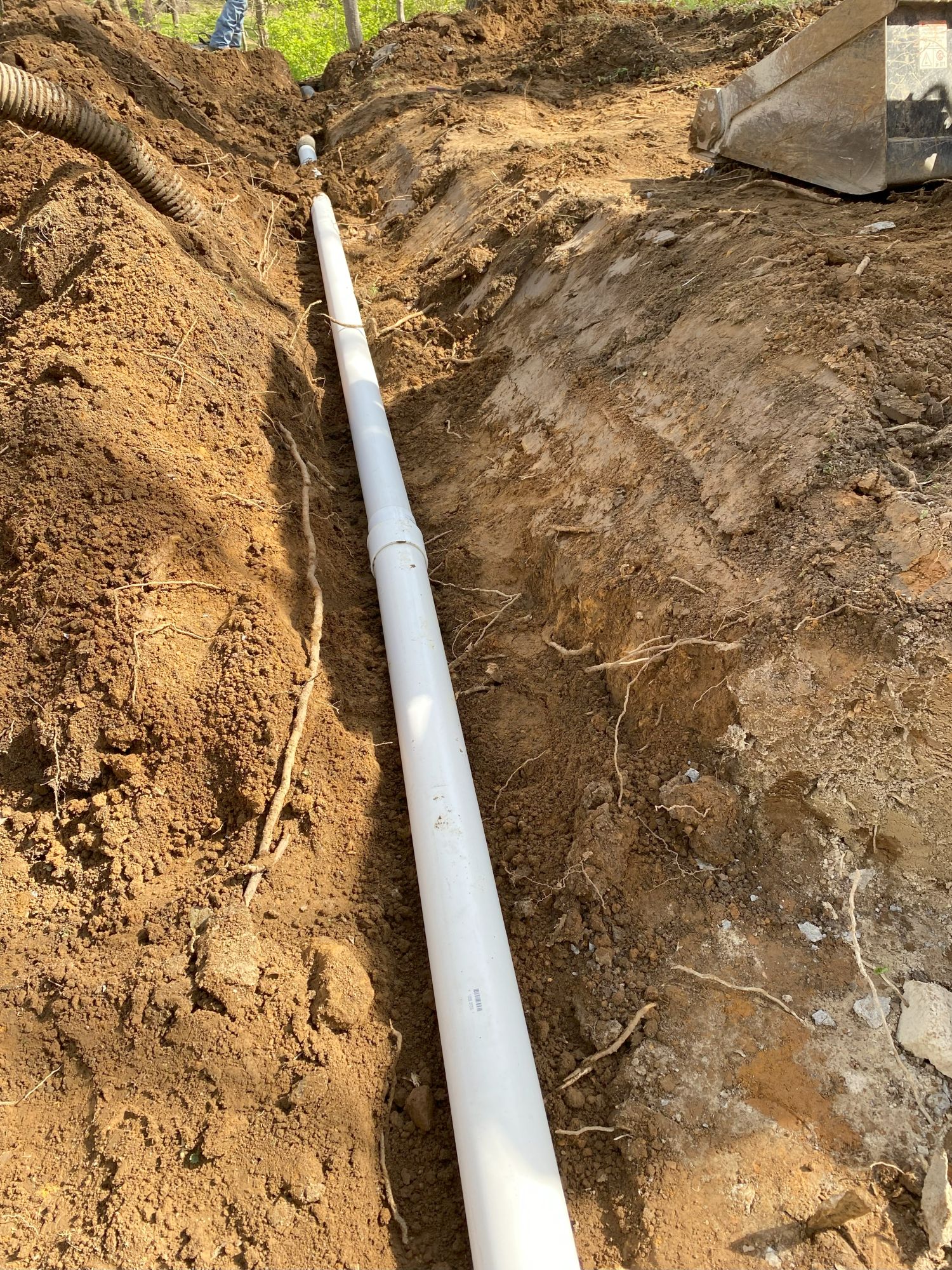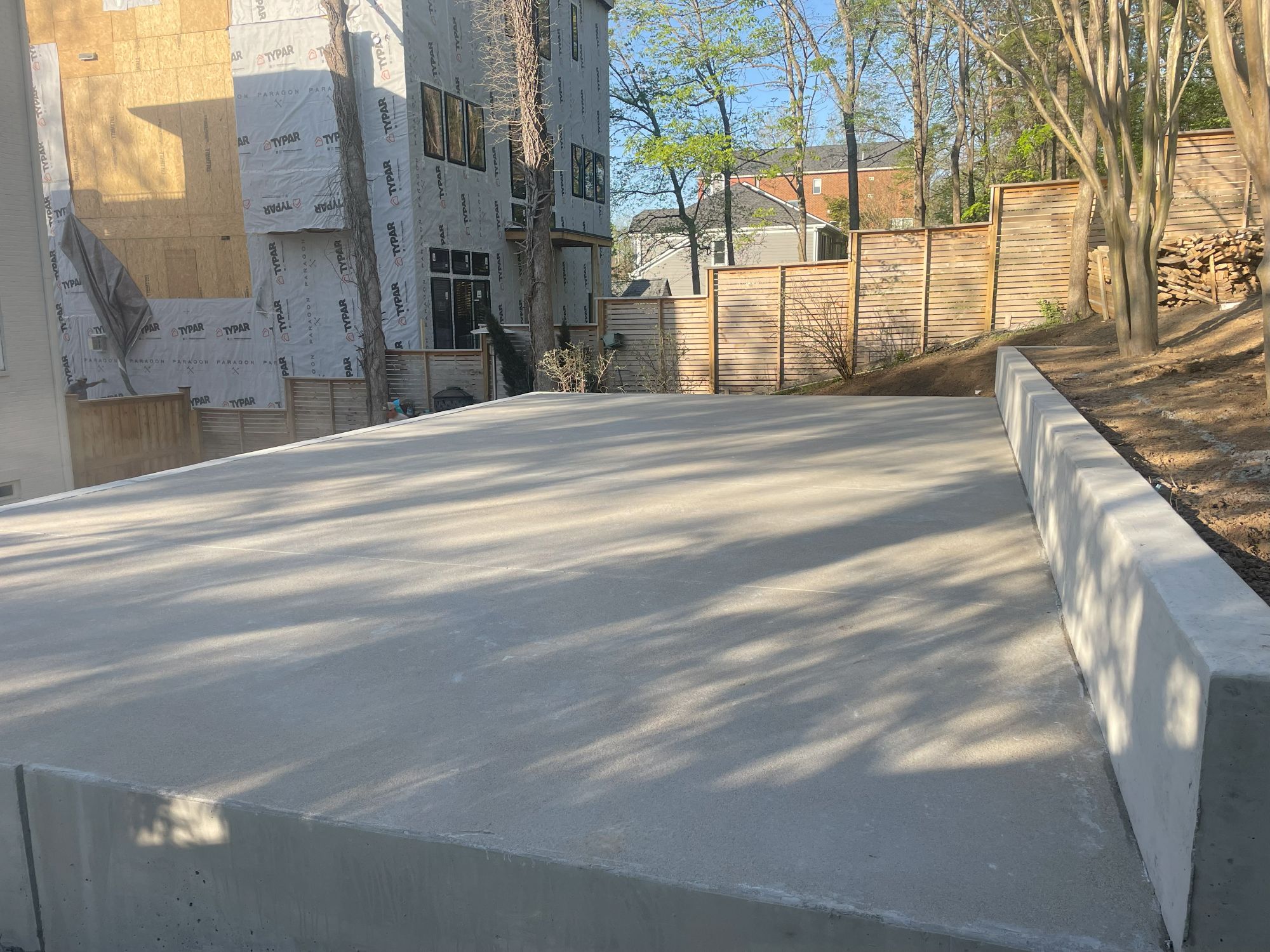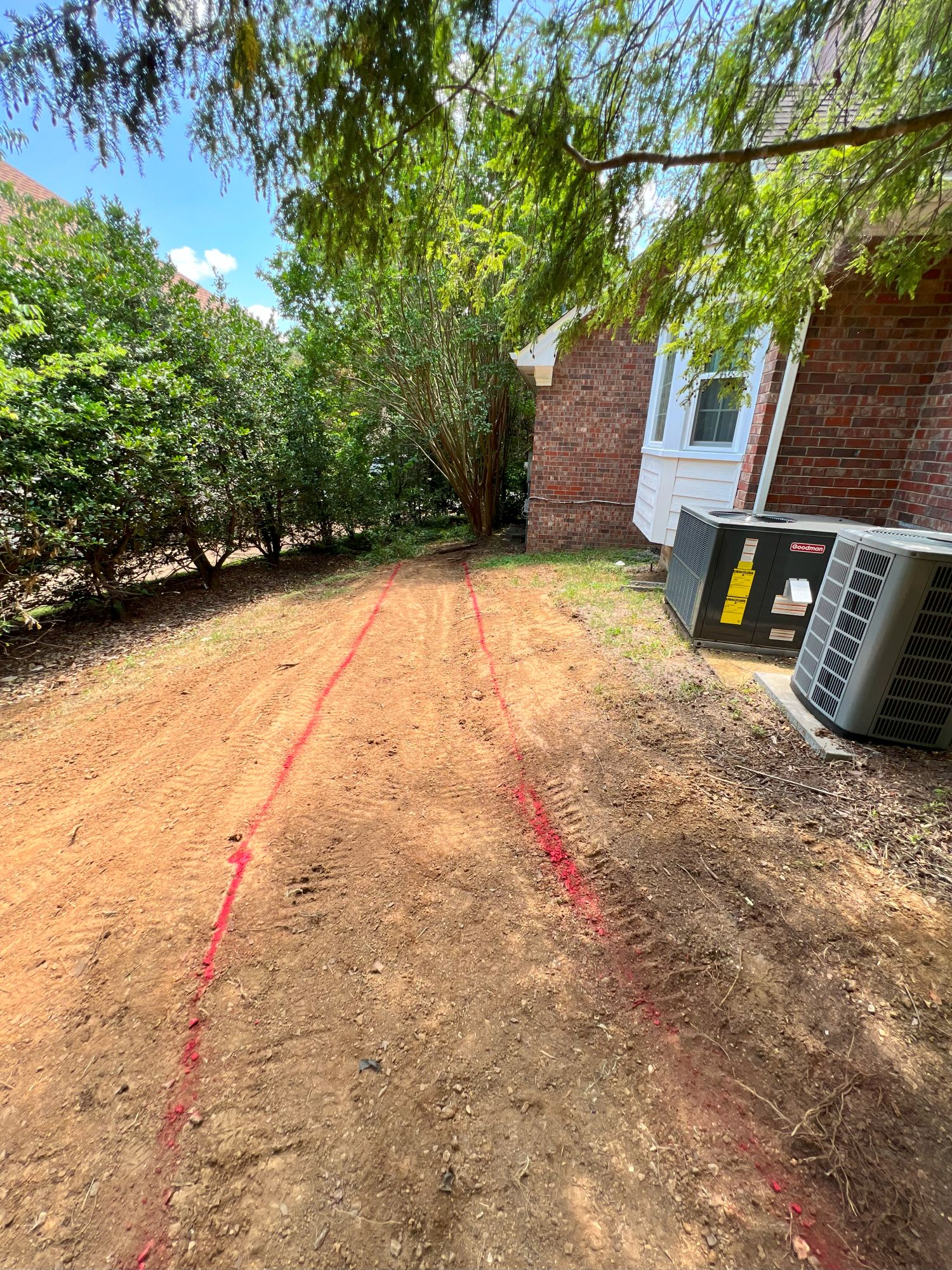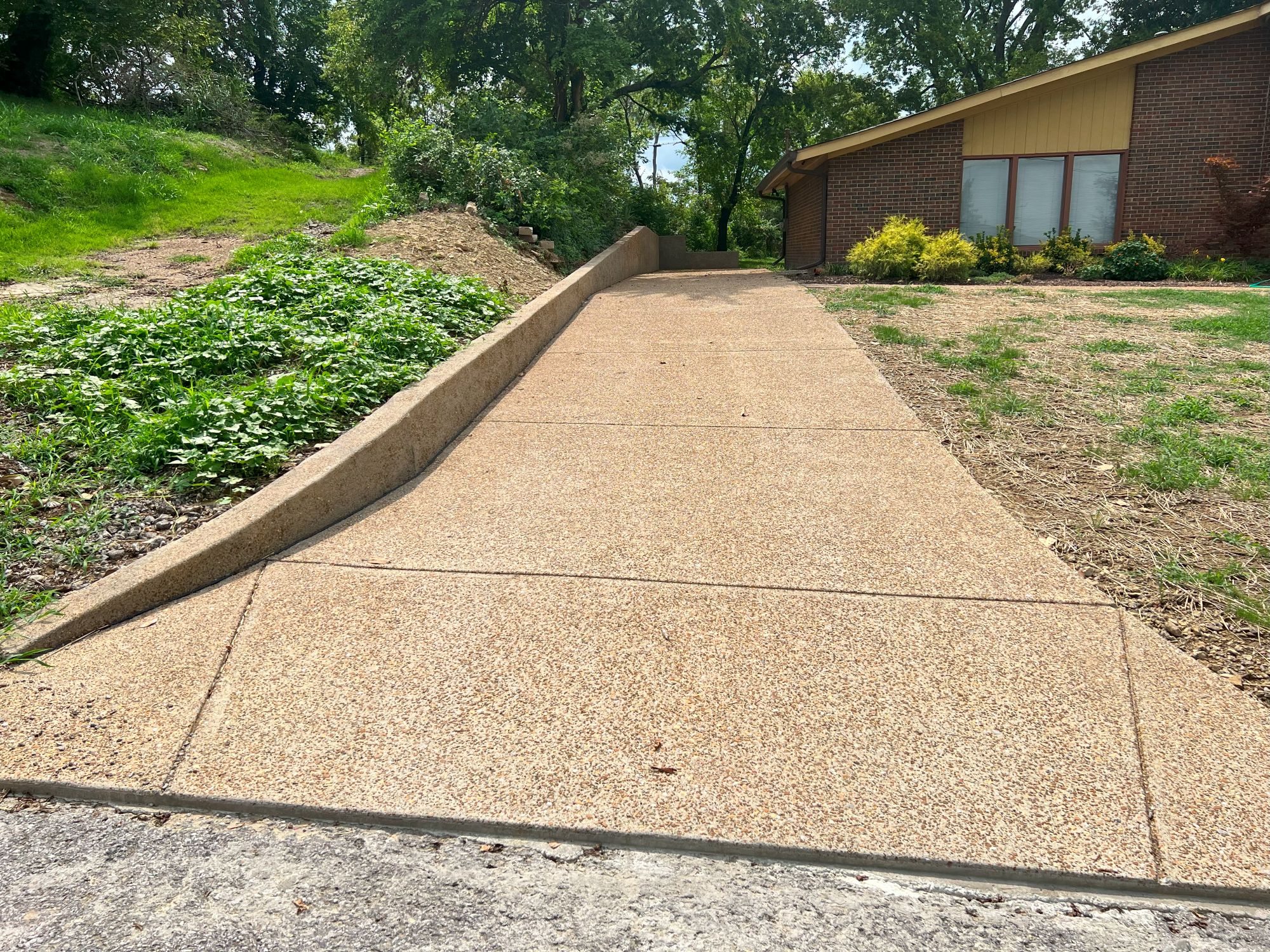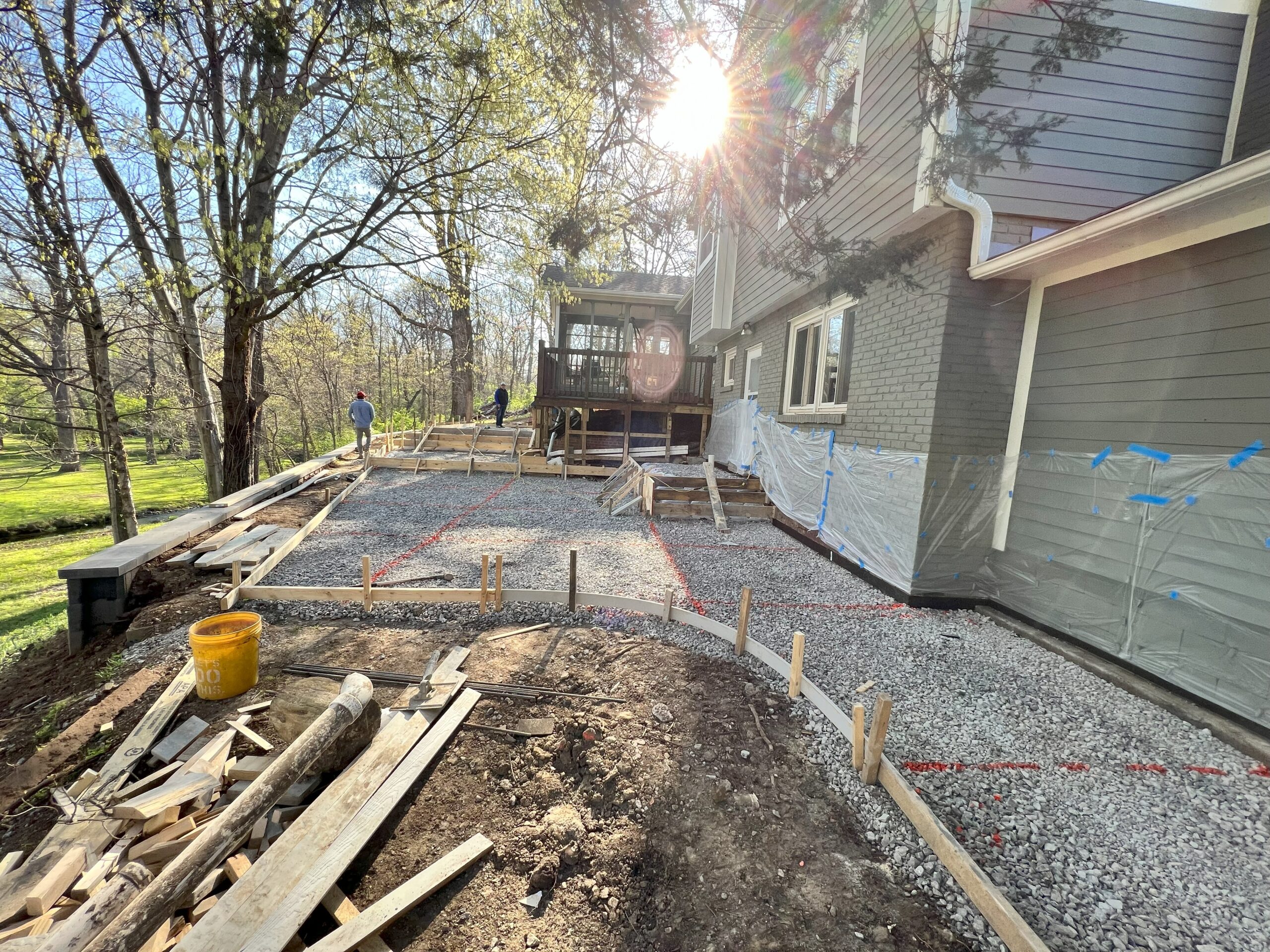Those beautiful brick walls running through breathtaking residential landscapes aren’t just for decoration – they serve an important purpose, too. Drainage landscaping combines form and function to protect your home and property from the effects of standing water. A retaining wall is a structure built to prevent the ground from eroding and moving downhill as rainwater flows with gravity. These walls are important features in many landscapes to create stable footings for any dwelling, garden, or other structures present on the soil. Their design can be singular or tiered – they may also vary in height. A single property may also require several retaining walls in different locations.
Retain this Information
Retaining walls can be built with an array of materials, such as timber, bricks, stones, or poured concrete. The choice of material will be dependent on the needs of the yard, the climate of the area, and visual preference. Price may also play a factor in your final choice of material, as could restrictions placed by a Homeowners Association (HOA).
The construction of a retaining wall is far from simple. These features require careful planning and execution to accurately estimate the needed height, length, and approach. Every landscape is different, meaning that custom calculations and preparation are key to making a retaining wall functional and durable. You must also ensure the footing of the wall is secured deeply into the ground so the pressure from the soil it holds back doesn’t overwhelm it. This may require the use of professional-grade machines and tools to create depth and stability.
One key aspect of implementing a retaining wall is ensuring proper drainage. Retaining wall drainage systems help disperse water that accumulates and soaks into the ground. If the water that sinks into the ground behind a retaining wall after rainfall can’t go anywhere, the hydrostatic pressure behind the wall builds up, imposing a significant force. Eventually, the retaining wall will fail as a result – too much pressure leads to soil spilling over top, or the retaining wall being pushed over. To stop this from happening and preserve the effort to build the wall, options for retaining wall drainage should be evaluated when designing the structure.
Put simply, part of planning and installing a retaining wall should include determining which drainage solution will best prevent water accumulation. There are several approaches to consider as part of your design.
How Do You Drain Water From a Retaining Wall?
The amount and type of drainage required will depend upon your landscape and conditions. An area that stays dry and naturally drains well will not need as significant of a drainage system as one that frequently takes on water.
One popular option for retaining wall drainage is a French drain. This is a pipe laid deep within the ground just behind the buried base of the wall. It is covered with gravel, which helps to filter water from the surface and guide it toward the pipe. The pipe creates a vessel for the water to run off somewhere appropriate, like a pond or storm drain. By diverting the water away from the wall, you can help ensure the brick, concrete, or wood last longer.
Installing a French drain requires digging a large trench that can fit the pipe as well as the initial layer of the wall. The width and depth of the trench should be planned based on the specific needs of the area, and reassessed throughout the project in case adjustments are needed on the fly.
An added consideration is whether there are any utility lines or deep roots where a drainage pipe would need to be placed. If there are local utility services, it’s advised to contact them to help identify any potential spots to avoid. This will increase planning efficiency and minimize the risk to important infrastructure. For roots, you may need special equipment to break through them if the drain must go in that location (though you should also consider how important that root may be to the stability of the tree it belongs to).
Another approach to protecting your retaining wall from damage is a swale. A swale provides drainage for retaining walls by creating a gentle slope that redirects water runoff to another area, and also allows a gradual distribution over a larger surface area for more even absorption into the ground.
When used in conjunction with a retaining wall, the swale would be placed just behind the structure at the surface of the ground. Depending on the need of the area, a swale could be so subtle you wouldn’t notice unless you were looking for it. In some cases, the swale may have added material like stones or wetland-type plants such as ornamental grasses – this can help a more obvious swale become decorative instead of detractive.
A swale may be sufficient in areas that has good fall and a clear exit where the water can be redirected. That said, if there are often large amounts of standing water throughout the landscape, a French drain may be more appropriate.
Another drainage solution that can be paired with a retaining wall includes the creation of weep holes in regular increments at the bottom of the retaining wall. These serve as small, intermittent outlets for water to escape from behind the wall. Weep holes should be placed and tested as part of the retaining wall installation to ensure they function correctly before filling in behind the wall. If not, it is difficult to adjust their layout and effectiveness once the retaining wall is backfilled.
“Work with skilled Nashville hardscaping and outdoor construction professionals who understand your vision and respect your schedule. Contact us for a free quote!”
Why Professional Expertise Is Important for Retaining Walls and Drainage Solutions
Any form of drainage solution requires evaluation of the land and consideration of the expected average rainfall. You wouldn’t want to build a drain in an area that wouldn’t benefit from it, or position the drain in a direction where it would cause the runoff to simply pool in a second location instead of dispersing. If you’re unfamiliar with the process, building a retaining wall and its drainage features is a daunting (and costly) task.
Involving Greenway of Nashville in your exploration of retaining walls will help you navigate with ease. We are familiar with the climate and grounds of the area. It’s critical that your plan for a retaining wall is well-thought-out and that any potential issues are considered in advance of breaking ground. With the Nashville area receiving nearly four feet of rain per year on average, a faulty retaining wall could be a costly mistake – both in terms of property damage and the need to redo the structure.
Without proper drainage, the work and effort of building a retaining wall will not last long. Landscape drainage solutions are an important element of building a retaining wall if you don’t want to have to do it all over again in a couple of years. Don’t spend time and money on something twice when once is more than enough!
Retaining Wall Services From Greenway of Nashville
Greenway of Nashville can guide you in deciding on the right concrete retaining wall drainage system for your yard and execute the plan with decades of experience behind us. Request a free quote today on our website or contact us by phone at (615) 238-4574.
Read more content related to:

